Change of Heart
SDC’s reluctance comes from the fact that developing a dual stack OLED structure is not as easy as placing two stacks on top of each other, but has some inherent issues that make it more complex and more costly to produce, including a number of changes that would have to be made to existing production lines. What might have spurred SDC into returning to such development is the fact that local competitor LG Display (LPL) has production capabilities for a dual stack OLED architecture and that China’s BOE (200725.CH), newly qualified as an OLED supplier to Apple, has been making modifications to its B12 – P3 line that would allow it to produce such tandem OLED displays.
Without taking a deep dive into the details, the problem facing tandem stack OLED structures is that the material connecting the two OLED stacks, called a charge generation layer, which allows both ‘stacks’ to be triggered at the same time, must be of a very precise thickness and material composition. A thin CGL will cause the two stacks to be out of sync, which could cause a cancellation effect, while a CGL that is too thick causes an electrical field that can spread the light from the structure in the wrong direction. As the whole purpose of the tandem stack structure is to create a brighter display (or a normal display that has a longer lifetime), either alternative works against the process. While it was SDC’s original contention that the development of such a display would not be feasible at a reasonable cost, it seems that business over science is the winner here, and that SDC’s scientists and engineers have been told to make it work.
SDC is expected to be using a new material stack (‘T’) for this project, different from the updated material set (M12) as described in our 2/25/22 note, with that material set going into production next year and an updated (‘T2’) set in 2024, but such development timelines are certainly subject to change and Apple’s acceptance of the new materials could extend that timeframe, although we expect SDC to pitch the T1 or T2 stack to parent Samsung Electronics (005930.KS) for use in its tablet line in the hope that such a deal would justify the cost of modifications and give SDC additional production experience before any Apple product release. All in, while it was surprising to hear that SDC had cancelled the development project earlier, the fact that there are two potential competitors who are willing to go the distance for Apple, makes it far less surprising that SDC has changed its mind.
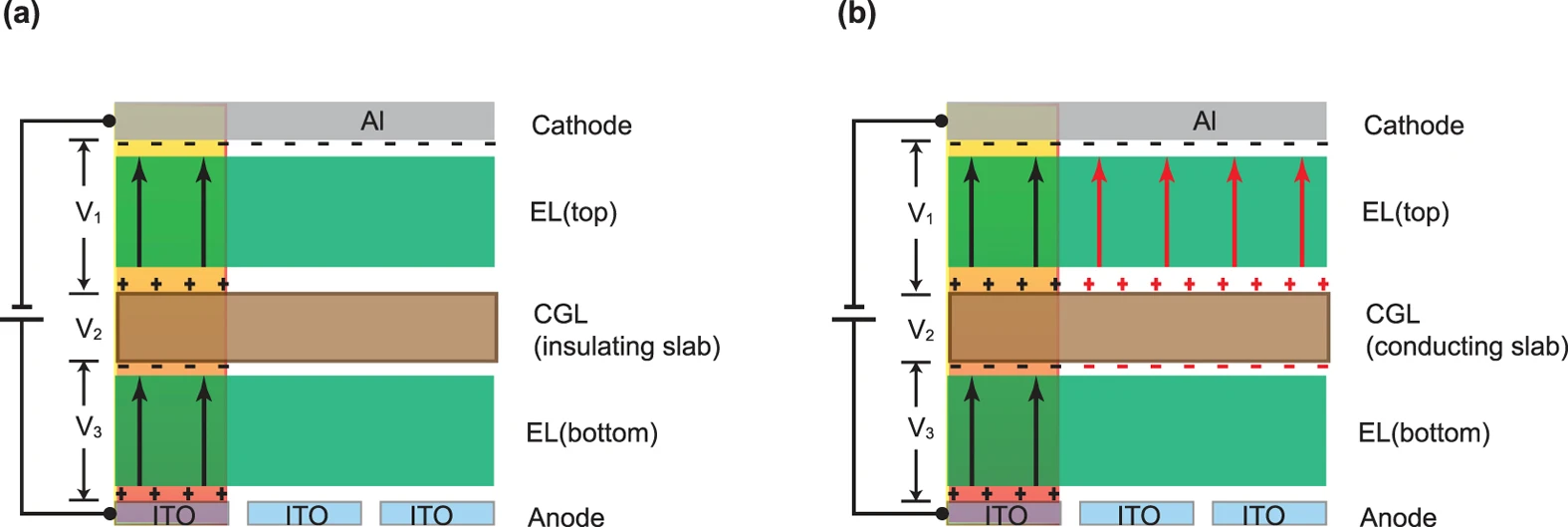
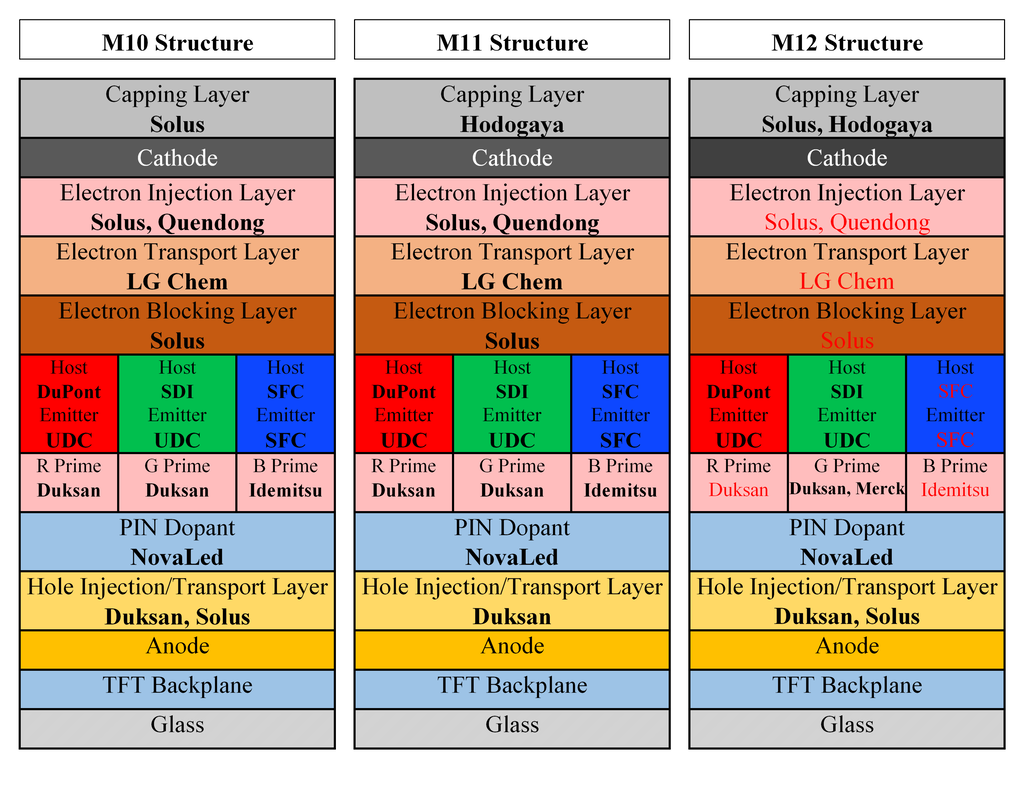
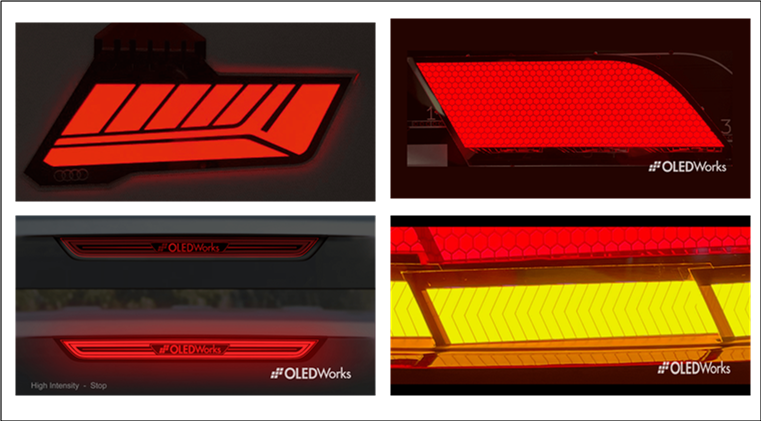
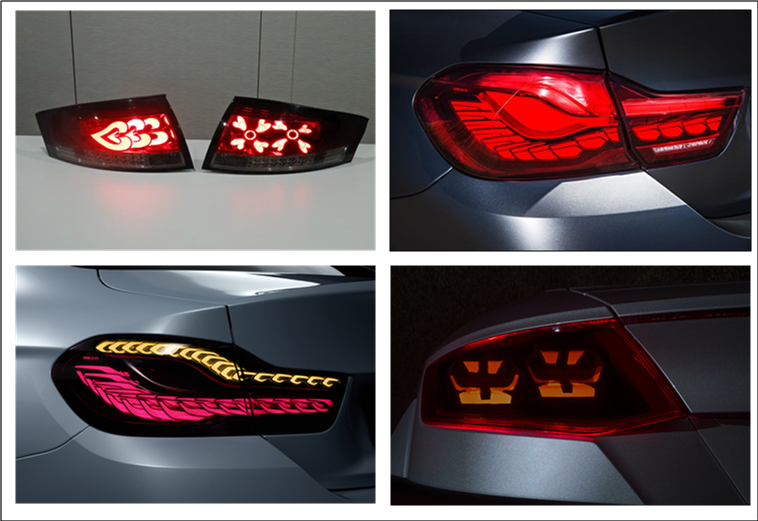
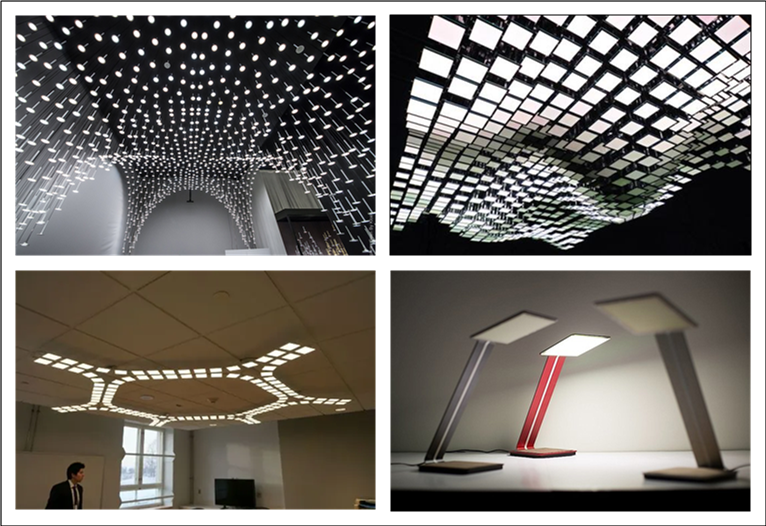
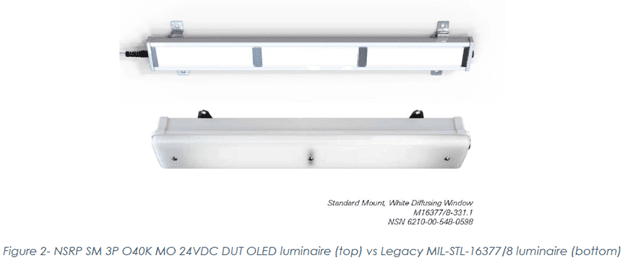






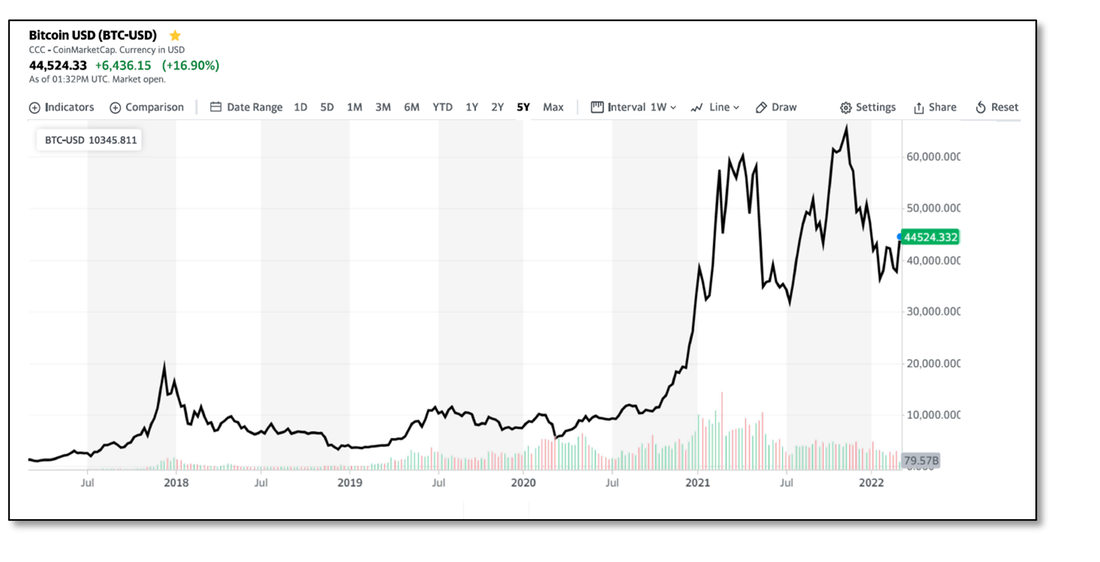
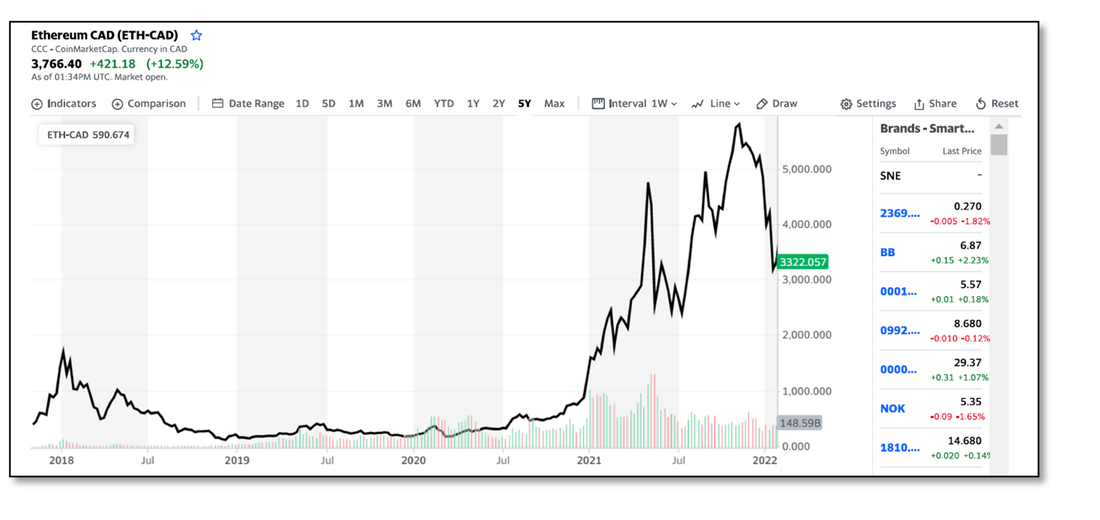
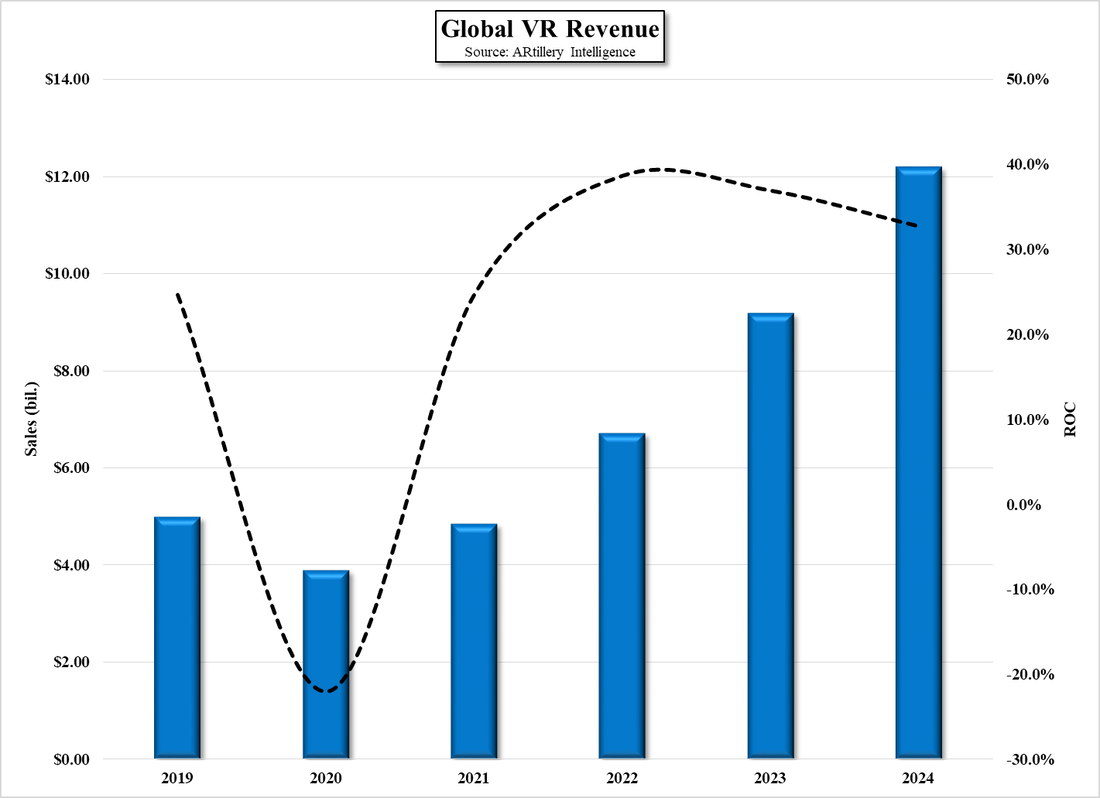
 RSS Feed
RSS Feed